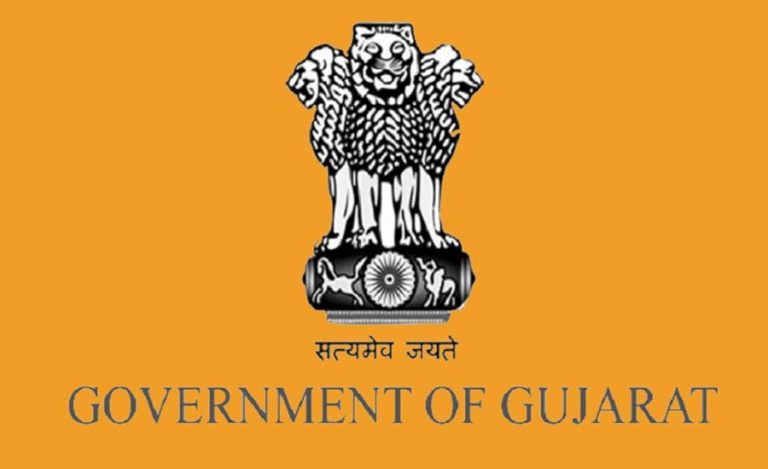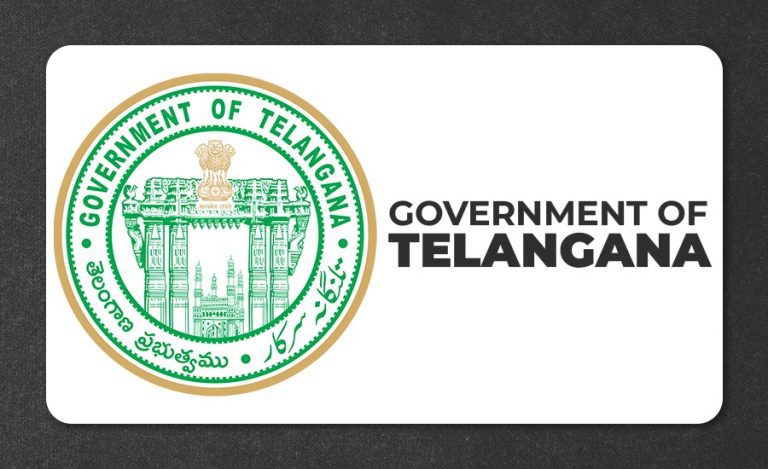New Delhi: The central government has formally begun the process to select the successor to Chief Justice of India (CJI) BR Gavai, who is scheduled to retire on November 23, 2025. The appointment of the new Chief Justice must be finalized before this date, with Justice Surya Kant poised to assume the top judicial position.
Sources familiar with the appointment process informed that Justice Gavai is expected to submit his recommendation letter for the next Chief Justice either later today or by Friday. This recommendation is a crucial step in the formal procedure of appointing the CJI.
Appointment Process as Per Memorandum of Procedure
The selection of the Chief Justice of India follows a well-established protocol outlined in the Memorandum of Procedure (MoP), which governs the appointment, transfer, and promotion of judges in the Supreme Court and High Courts. According to the MoP, the next CJI is typically appointed from among the senior-most judges of the Supreme Court who are deemed fit to hold the office.
The process is initiated by the Union Law Minister, who sends a formal request to the outgoing Chief Justice for the name of the recommended successor. This request is usually made about a month prior to the incumbent’s retirement, allowing sufficient time to complete all formalities.
Justice Surya Kant, currently the senior-most judge after CJI Gavai, is the frontrunner for the position and is widely expected to be recommended for appointment.
Read also: Big Move in Justice Yashwant Varma Cash Row: Advocate Karan Umesh Salvi Joins Inquiry Team
Justice Surya Kant’s Upcoming Tenure as Chief Justice
Once appointed, Justice Surya Kant will officially take charge as the 52nd Chief Justice of India on November 24, 2025. His tenure is expected to last until February 2027, spanning approximately 15 months. During this period, he will oversee the Supreme Court’s critical judicial functions, including constitutional adjudication, administrative decisions, and key legal reforms.
Justice Surya Kant’s appointment aligns with the judiciary’s tradition of seniority-based succession, which has helped maintain stability and continuity in India’s judicial system over the decades.
Significance of the Transition
The transition to a new Chief Justice is particularly significant as the Supreme Court continues to address a host of pressing legal and constitutional issues impacting the country. Justice Surya Kant’s leadership is anticipated to bring continuity and a steady hand to the judiciary’s work in upholding the rule of law and protecting citizens’ rights.
As the legal fraternity and the nation await this important change in judicial leadership, the government and the judiciary are working closely to ensure a smooth handover of responsibilities.



























